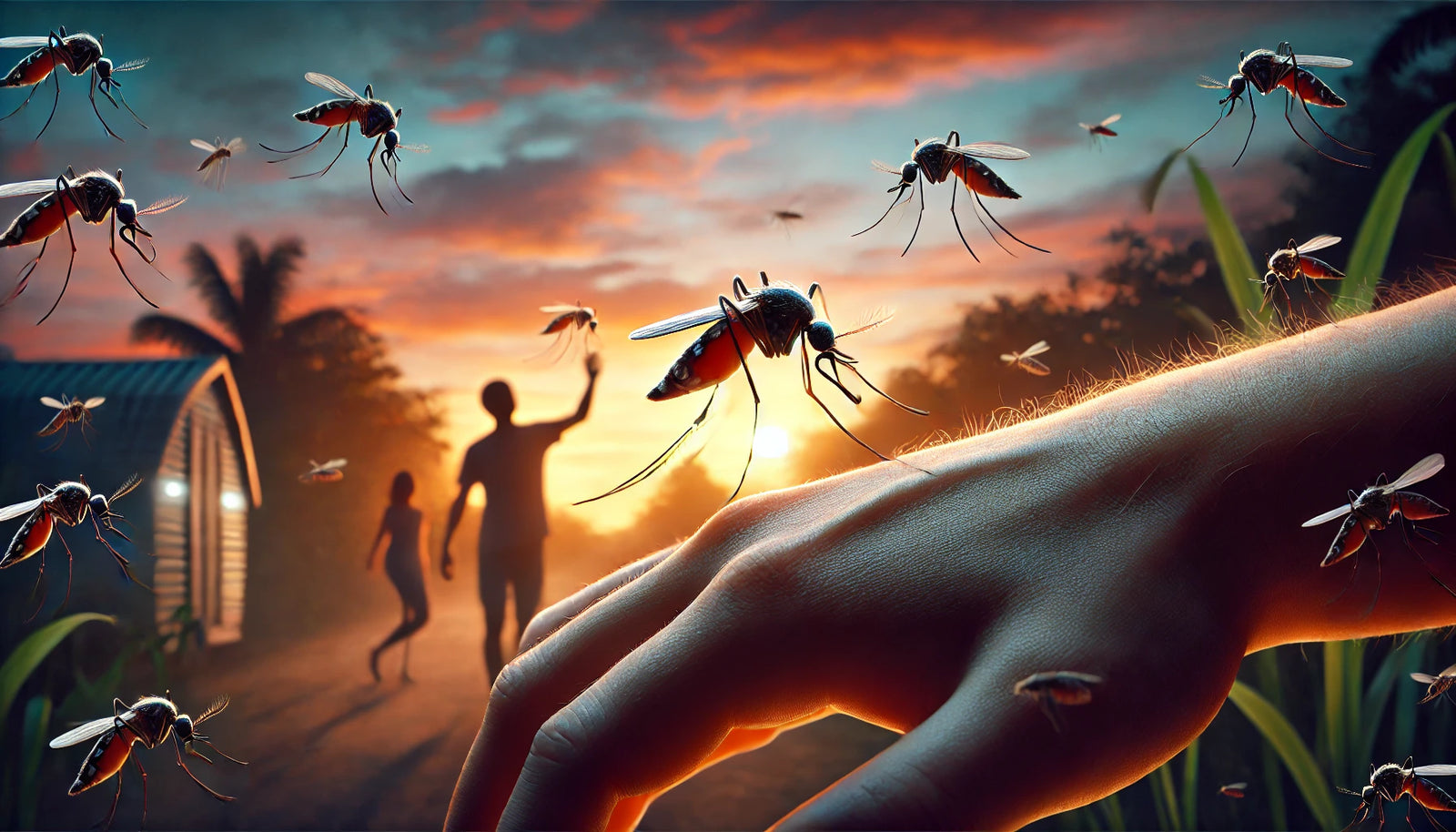Once, in a small village near Central Kerala, a tragic incident happened that serves as a stark reminder of the dangers posed by something as seemingly insignificant as a mosquito. This is a true story of two schoolgirls who were preparing for their exams in a room besieged by mosquitoes. In an attempt to study in peace, they lit not one but two mosquito coils in their enclosed room. The air, mixed with chemical gases from the coils, soon rendered the girls unconscious. The next morning, their parents found them unresponsive and rushed them to the hospital, where it was revealed that they had inhaled toxic fumes throughout the night.
This alarming incident brings to light the omnipresence of mosquitoes and their potential to cause harm, both directly through diseases and indirectly through measures taken to repel them.
The Mosquito Menace: A Global Concern
Mosquitoes are more than just a nuisance; they are vectors for some of the deadliest diseases known to mankind. Diseases like dengue, chikungunya, and malaria, primarily spread by Aedes and Anopheles mosquitoes, have had a devastating impact worldwide. According to the World Health Organization (WHO), globally in 2022, there were an estimated 249 million malaria cases and 608,000 malaria deaths in 85 countries.
Combating Mosquitoes: Measures and Risks
Breeding Grounds and Rapid Reproduction A significant aspect of mosquito control lies in understanding their breeding habits. Mosquitoes can breed in even the smallest amounts of stagnant water. A study found that Aedes mosquitoes could lay eggs in water quantities as small as a few drops of water.*
Destroying Breeding Grounds -The first step in mosquito control is eliminating breeding grounds. This involves maintaining cleanliness and ensuring no stagnant water is present in our surroundings. Regular cleaning of water storage containers and proper disposal of waste can significantly reduce mosquito breeding.
Repellents
Repellents are a common method to keep mosquitoes at bay. There are two types of repellents: herbal and chemical. Chemical repellents are effective as they kill mosquitoes as they come in contact with them. However, their safety, especially in closed environments, is questionable. Studies confirm that children’s exposure to mosquito pesticides increases their risk of respiratory diseases**. In today’s time, the immunity factor of the kids has also gone for a toss due to their lifestyle and food habits. This, coupled with the harmful chemical gases, can be very harmful for kids in the long run.
The Dangers of Vaporizers
Vaporizers, while popular, pose a significant health risk, especially to children. They release chemicals into the air that, when inhaled over time, can lead to respiratory diseases. The incident involving the two schoolgirls in Central Kerala is a grim example of the dangers of using chemical-based repellents without proper ventilation.
Conclusion
The story of the two girls in Central Kerala is a wake-up call to the dangers lurking in our homes in the form of mosquitoes and the methods we use to repel them. It emphasizes the need for safer, more effective strategies to combat these deadly insects. By understanding the risks and taking the right precautions, we can protect ourselves and our loved ones from the harmful effects of mosquitoes and the chemicals used to repel them.
* references from the studies of Journal of Medical Entomology
**https://beyondpesticides.org/dailynewsblog/2022/03/study-confirms-childrens-exposure-to-mosquito-pesticides-increases-risk-of-respiratory-disease/

